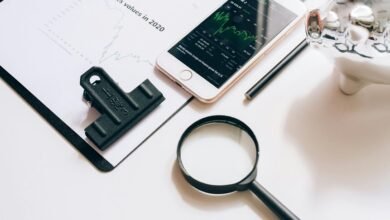Who Called Me From 4694700501, 4696796693, 4699080939, 4703497995, 4797779234, and 4802698136? Verify Now

Numerous individuals have reported receiving calls from various numbers, including 4694700501 and 4797779234. These calls often raise questions about their legitimacy. Are these numbers associated with reputable businesses, or do they belong to unwanted solicitors? Understanding the nature of these calls can shed light on potential scams. What patterns emerge when analyzing these numbers? Exploring these inquiries may provide crucial insights into protecting personal communication.
Understanding the Caller: A Look at Each Number
As individuals receive calls from unfamiliar numbers, they often wonder about the identity and intentions of the caller.
Investigating caller identity can reveal insights into number origins, shedding light on whether the call is legitimate or potentially harmful.
Understanding these aspects enables individuals to reclaim their autonomy, making informed decisions about whom to engage with, ultimately fostering a sense of freedom in communication.
Common Signs of Spam Calls
Identifying spam calls can often be a perplexing task, especially when the number appears legitimate at first glance.
Common spam call indicators include unsolicited calls at odd hours, generic greetings, or a lack of personalization.
Additionally, recognizing robocalls often involves identifying automated messages or prompts.
Awareness of these characteristics can empower individuals to discern genuine calls from potential nuisances effectively.
How to Protect Yourself From Unwanted Calls
Protecting oneself from unwanted calls requires a strategic approach that combines technology and personal vigilance.
Utilizing call blocking apps can significantly enhance phone privacy by filtering out known spam numbers.
Additionally, individuals should remain cautious about sharing their phone numbers and consider registering on do-not-call lists.
Conclusion
In navigating the complex web of phone communications, discerning the intent behind each call is akin to deciphering a coded message. By examining the numbers in question and employing caller verification tools, individuals can unveil the identities lurking behind the unknown. This vigilance not only safeguards against potential scams but also empowers users to reclaim their peace of mind. Ultimately, understanding who reaches out serves as a protective shield in an era dominated by unsolicited inquiries.




